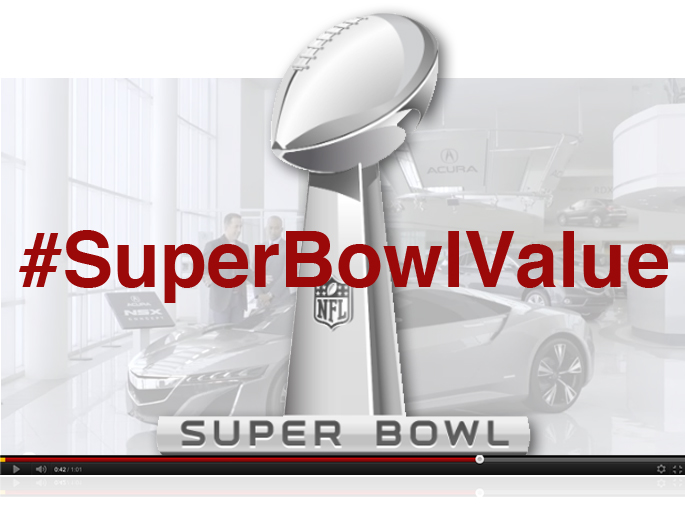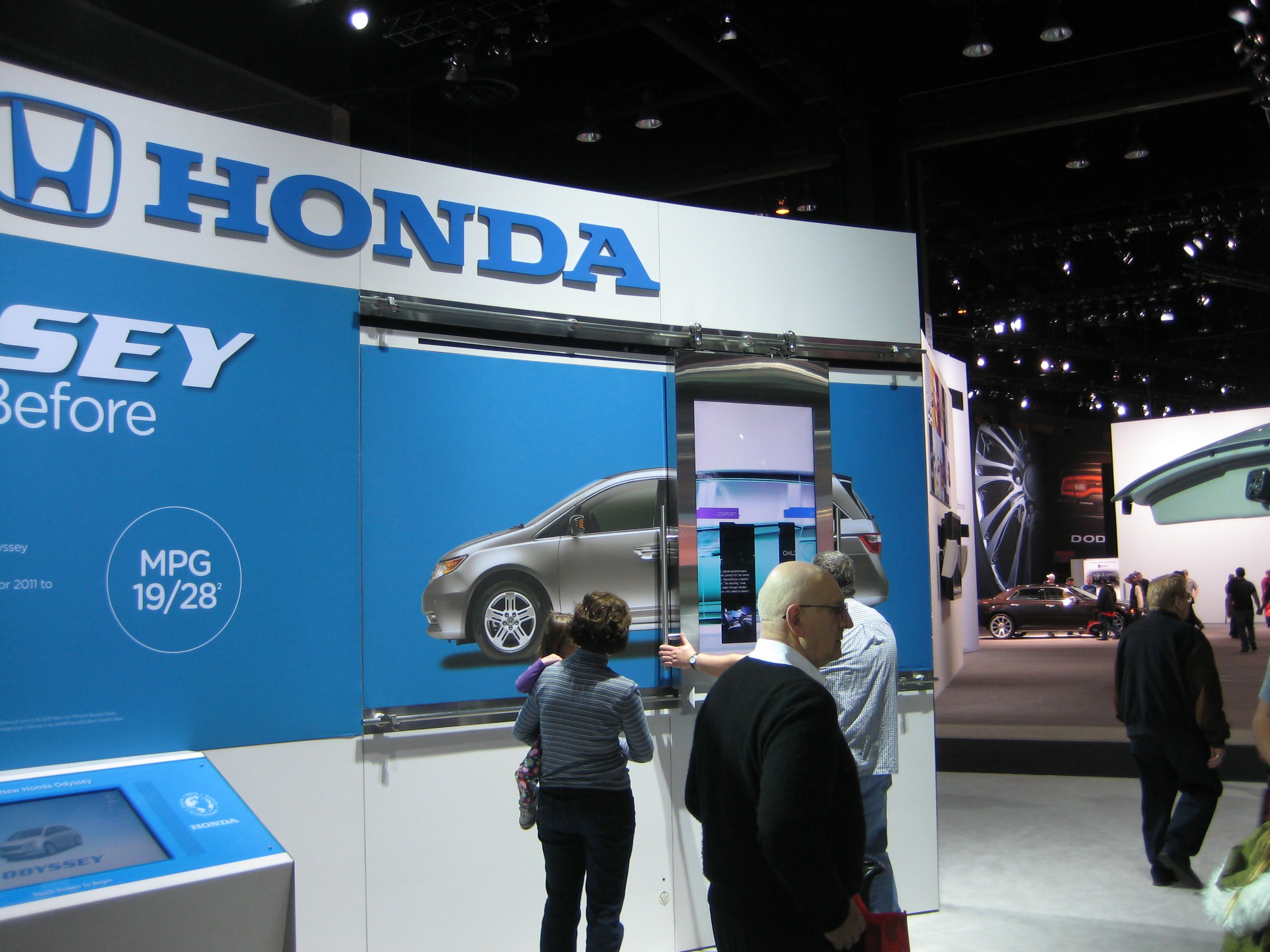Burberry has just launched their first global Christmas campaign. The campaign launched with a four-minute spot featuring Romeo Beckham, yes, the son of David and Victoria. Additionally, it features a new audio track from Ed Harcourt which will be released in December. As far as we know so far, since this is just the launch of the campaign, “the campaign will include outdoor, cinema, and social media advertising to generate interest in Burberry.”
Now, you assumed that Burberry typically does Christmas campaigns and they do, but what is different is this one is global. Yes, that was a bit redundant for me to say, however, coming from my experience working on global accounts, I want to talk about how global campaigns are somewhat difficult to undertake. Firstly, when creating global campaigns, relevancy in all markets (or a select few primary focus markets) is essential. Music choice, voice-overs, time and more importantly message is important as well. Global campaigns are extremely complex, expensive, highly criticized and difficult to produce.
It’s not my place to tell Burberry what to do with their first global campaign, nor is it my place to assume what their global objectives are. However, what I can do is review the creative from the lens of my experience on global accounts and my experience working in advertising.

It’s beautiful, but needs some refinement.
- The Idea: Let’s start with what I assume the idea is, “Christmas is the time for love and giving.” Christmas is also the time for the enjoyment of idealism and merriment which can be transcribed into song and dance. Christmas is tough, it’s tough to differentiate yourself within the Christmas season, especially if you are a clothing retailer. The campaign does feel a bit scripted and predictable, however, the song and dance is a nuance that not all brands can leverage or, furthermore, own.
- Music: The new track by Ed Harcourt is brilliant. It captures the essence of the Christmas season and the feeling of idealism and love. However, it doesn’t feel as though it “fits” with visuals. There are some relevant cuts and timing with the dance and the storyline, but all in all, the track feels a bit forced to be a part of the story. At times, the music with the spot feels as though they are two disparate pieces of creative jammed together; less of a solution and more like a suspension. Additionally, I’m not sure why the track is not available until December. It would make sense to release the track at the same time of the campaign launch.
- Choreography: “Burberry used 50 dancers who perform a dance inspired by classic musical films in front of theatrical London street background.” The choreography is beautifully done and expertly timed. Along with stubble cinematic undertones and perfectly timed cuts and pans (timed according to the dance, not the music), it almost appears that it’s out of a Fred Astaire or Gene Kelly film, or better yet, an early 20th Century stage performance.
- Art Direction: First off, Burberry did not disappoint with the art direction. They have always been at the top of their game when it comes to finely crafted spots, beautiful tones and color, and the perfect balance of product and lifestyle. This spot almost feels as though it’s a print ad, Burberry print ad come to life. The look and feel of Christmas does come out, however subtly. Christmas is a magical time of celebration and merriment, regardless of which religion you are apart of. The snow showers and the dancing in the snow whilst wearing Burberry coats and scarves perfectly encapsulates Christmas from a Burberry point of view. All in all, I can’t even begin to tell you how much I appreciate the art direction in this film.
- Four Minutes: I’ve experienced this time and time again, the four-minute “film” on YouTube. I understand that this is more of a music video, more of a campaign launch film than a TVC. However, as marketers, we do have to understand the consumer and determine whether or not one has the time to sit through at four minute film on YouTube. According to Google, after the first 15 seconds of every video on YouTube, that’s when viewers are most likely to drop off. That being said, there’s something to be said about crafting great pieces of art and content. Just as much as we talk about viewership, we also need to keep in mind the types of devices consumers use to watch YouTube videos; there are certain markets in the world where consumers are more likely to watch YouTube on a mobile device than on a laptop. So, who actually watches four minutes on a mobile device when walking around? In the end, let’s keep time in mind when creating spots.
- Celebrity Casting: Don’t even get me started about celebrity casting. Yes, I see the buzz value in casting a celebrity for a campaign and leveraging their influence to generate buzz and excitement. However, as we have seen in multiple examples including Honda’s latest “Type R” campaign, it’s not entirely necessary. I believe the Burberry Christmas campaign would have the same influence whether or not they casted Romeo Beckham; especially since I just found out he existed. Don’t get me wrong, he’s a cute kid and a “cute kid” works for this execution; just not sure if it was necessary to cast Romeo.
- Global Relevancy: This is a big one! Now, we haven’t seen a lot of the secondary executions to the spot just yet. They do have some images being leveraged on their Instagram account, but global relevancy is more than just platform activations; especially for a Christmas spot. The subtitle to the campaign is “From London with Love” and that’s all well and good, but London is not the globe; it is a global city, but not necessarily global. How would a market, let’s say, Brazil react to a spot like this? (Especially since during Christmas it’s Summer in Rio). Additionally, we need to look at ethnicity too. This spot is very heavy up on caucasians and doesn’t address the complexity of a diverse set of ethnicities in the world. The campaign is scalable, but not necessarily regionally relevant.
Overall, it is a great spot, but it is lacking alignment with audio and visual; it really needs some refinement. Perhaps, the fix would be as easy as choose a different audio track to complement astounding visuals? It will be very interesting to see how Burberry runs with this idea in their longer-form campaign. Will there be further owned nuances to the idealism? Will there be more song and dance? Will they focus on giving rather than buying? One thing I do know, Burberry are excellent marketers and I can’t wait to see how they make this a case study that we all will use in the coming year.















